The Era of Diversity: How to Connect with New Audiences
Daeseong Yun (editor-in-chief of the Magazine "Dance Forum“)
Who is the 'protagonist' of the theater? When we rewind time, the 'actor (performer)' was the protagonist, and later, it shifted to the 'director' wielding decision-making power. The importance of the 'audience' could not quite surpass the hurdles of a provider-centric perspective. However, during the global pandemic, experiencing the threatening 'absence of the audience' that has jeopardized the existence of numerous theaters and cultural spaces, a shift in this perspective is evident. It prompts the question: Who has truly sustained the theater?
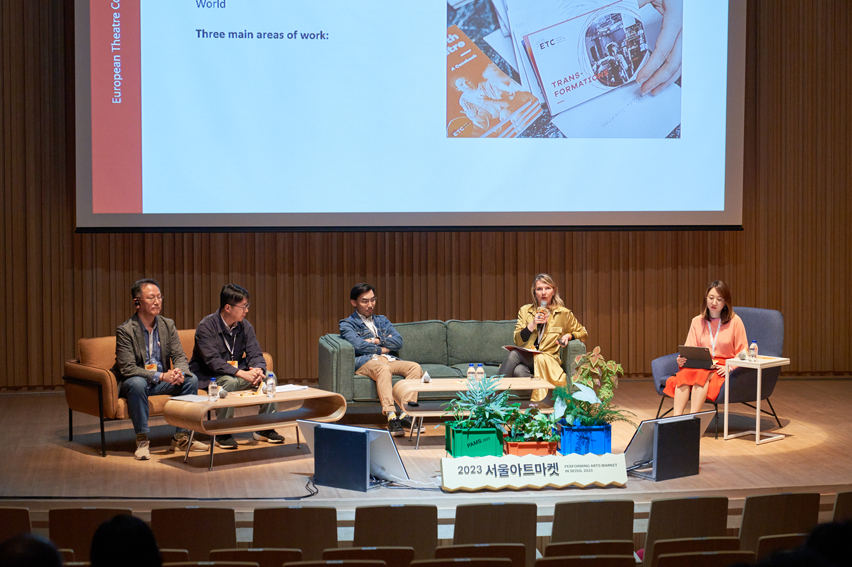
Summarizing the perspectives of the speakers, the consensus was clear: for a sustainable performing arts industry, both 'diverse audiences' and 'engaged audiences' are essential.
To expand the audience base, it is crucial to diversify both experts and programs
Heidi Wiley initially shared insights into the case of the European Theatre Convention (ETC), focusing on 'sustainable performing arts.' The ETC is the largest network of publicly funded theaters in Europe, comprising 61 member theaters in 30 countries. To expand their audience, they pursue four key elements: diverse audiences, diverse programs, diverse experts, and diverse partners. To attract a broader audience, expanded programs are necessary, and to achieve this, the workforce involved in creating these programs must embody diversity.
One of the key cases she highlighted is the ongoing ‘Young Europe IV’initiative by the European Theatre Convention (ETC). ‘Young Europe IV’ addresses the issue of the deep-rooted representation of white males in European drama literature. In this three-year project, nine theaters from eight countries collaborate to create new plays. Nine non-mainstream authors, not rooted in the predominant background, contribute to writing eight ‘classroom plays’ that encapsulate non-dominant voices in European society. The program supports the entire process, from the creation of these plays to the direct involvement of middle and high school students in theater performances. Through diverse experts and programs, they have successfully established new connections with young audiences and stimulated their participation. The foundation of this program is based on research conducted ten years ago. According to collaborative research between the European Theatre Convention and a university in Berlin, expanding the audience base requires a focus on 'schools,' 'the next generation,' 'marketing,' and 'services.‘
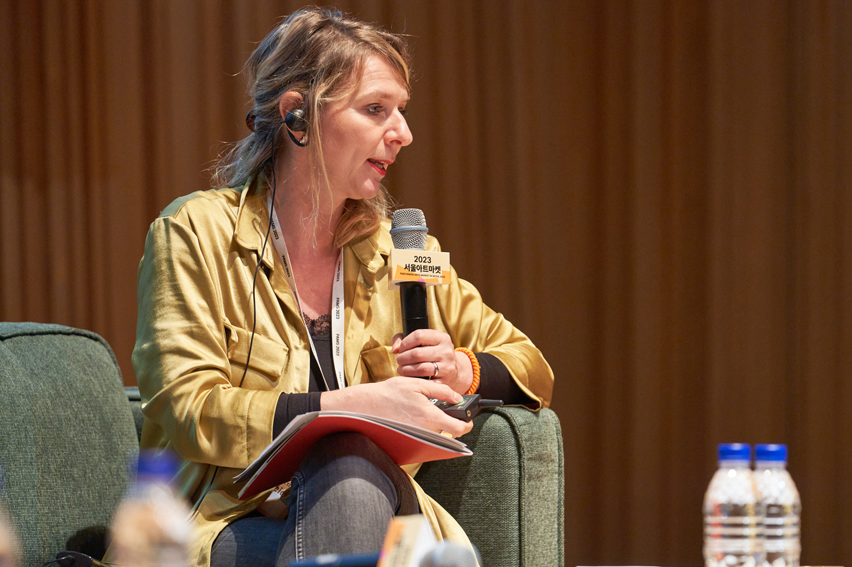
Furthermore, the in-depth themes explored in ‘Young Europe IV’ have expanded the journalistic function that theaters possess. The role of theater, as described by Heidi, is to pose questions that enable the public to better understand the world and to provide time and space for profound reflection on societal issues.
To promote diversity among experts, initiatives such as creating the 'Women Directors Network Group' have been implemented to build solidarity among female directors. Additionally, programs like the 'European Theatre Academy' and residency programs have been established to train emerging artists. Regarding partner diversity, it was emphasized that expanding the collaboration to support artistic activities should include a broader range of partners, such as 'schools' and 'hospitals.' The standpoint is that accessible art, accessible to 'everyone,' is crucial for increasing points of contact with the audience.
Building relationships and attracting 'Active Audiences'
Ian Leung from the Hong Kong Arts Festival emphasizes audience participation. According to him, there are three ways in which audience participation can take place: by surprise, by choice, and by habits. For example, creating a sense of 'surprise' can attract individuals with low motivation to attend performances, while those who habitually attend performances may become audiences with the provision of information alone. Ultimately, efforts should be directed at expanding the audience base through these different avenues.
Ian introduced a 'School Tour' program as part of audience-building efforts. Since the Hong Kong school curriculum lacks performing arts, the program aims to visit 400 elementary, secondary and high schools, to provide students with remarkable experiences in the performing arts. In the photos shared, performers, wearing costume headpieces like amusement park attendants, were surrounded by elementary school children, resembling idols engulfed by fans, receiving cheers. Another example from the high school program involved an interactive play that deconstructed a scene from 'Crime and Punishment,' posing challenging moral questions to students. The immersive experience heightened student engagement.
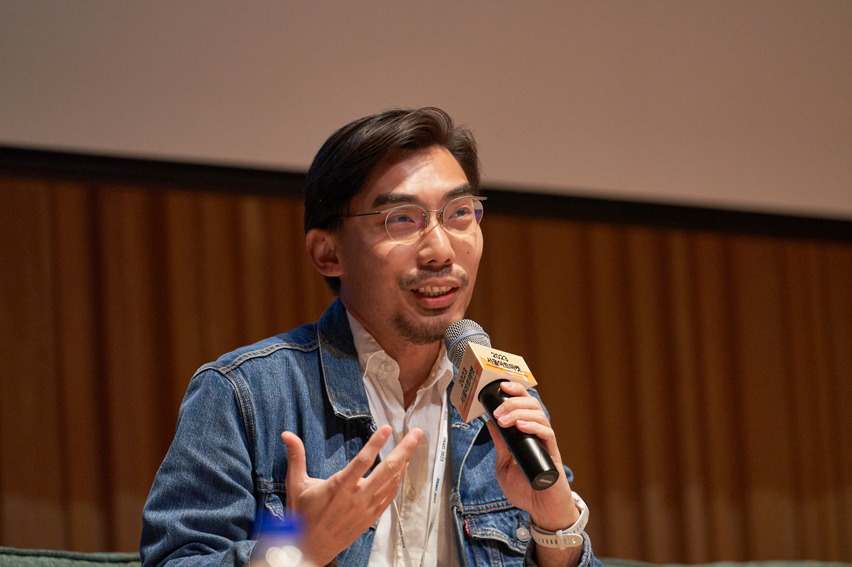
Ian emphasizes the need for systematic efforts and sustainability, akin to the stages of Human Resource Management (HRM) in a business, to build 'active audiences.' It seems as if principles from the processes of talent acquisition, retention, and utilization in organizational psychology have been brought into the context of enhancing audience loyalty in the performing arts scene. According to his explanation, the process of 'attracting interest→retaining attention→motivating' can be applied to build audiences.
In particular, in his case, active audiences have become advocates for the arts themselves. This underscores the need for sustainable planning and execution to turn audiences into 'insiders' of the arts. Ian suggests that they should be seen not as 'customers' but as a 'community.' The relationship between artists and audiences should be viewed not as a supplier-consumer dynamic but as forming a community from a long-term perspective. For instance, a Thai artist transformed traditional mask performances into a contemporary form, helping young people and adolescents rediscover their traditional culture. Similarly, an Australian artist named Jackson used a camera to candidly share personal struggles in a way that resonated with the preferences of young people.
The need for future audiences with a sense of ownership
The panelists Yoahen Kim, Executive Producer at Doosan Art Center; and Hyungjun Cho, Manager of Programming Department at Ansan Cultural Foundation Ansan Arts Center shared cases that resonated with the previous speakers.
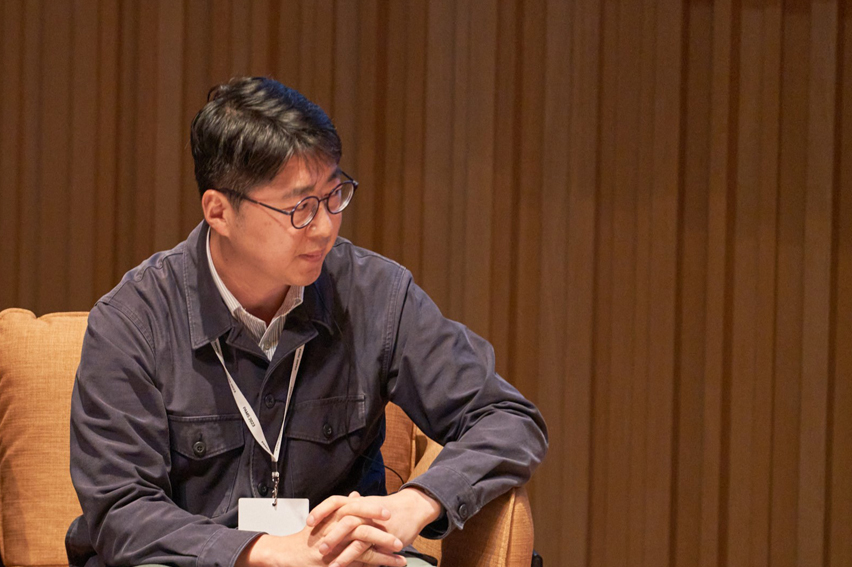
Yoahen Kim, the Executive Producer, introduced the 'Doosan Humanities Theater,' which has been implementing the inherent function of setting 'social agendas' for theaters. The concept was to develop new audiences by setting various themes and promoting audience exchange through integrated operations of performances, exhibitions, and lectures. In reality, it played a powerful role in increasing audience loyalty. For example, although the transition from exhibition attendees to performance attendees was rare, a small core audience that enjoyed various programs actively promoted Doosan Art Center's activities within their circles.
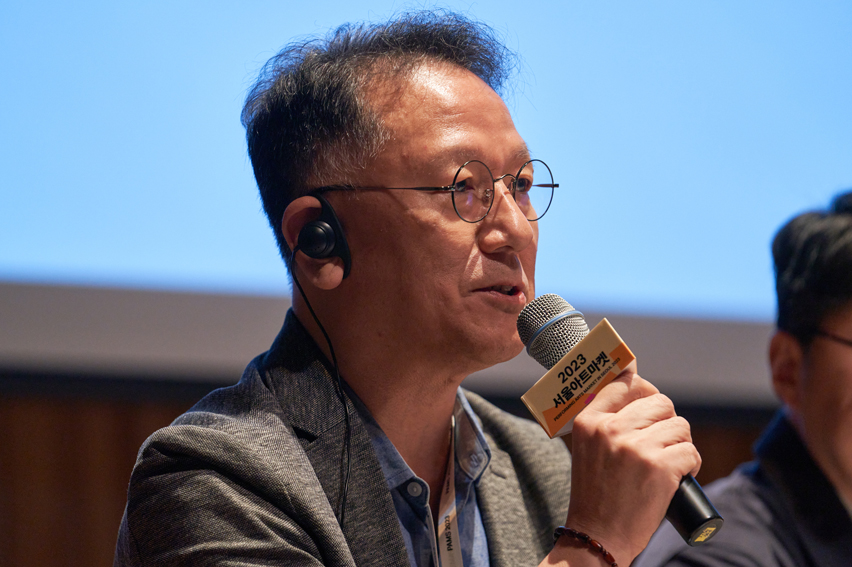
Hyungjun Cho, the Manager of Programming Department, emphasized the importance of creating the future and vision of Ansan Culture and Arts together with the community residents. The key is to increase future audiences with a sense of ownership. To achieve this, he highlighted the focus on youth arts education and youth performance attendance. He mentioned their operation of a youth theater group called 'Gyukdan Godeungeo' and the collaboration with Ansan Office of Education to encourage group attendance through school field trips. They also introduced a program for early childhood performances this year.

The 70-minute forum became a time for reflecting on the social role of performing arts and theaters. The four presenters and panelists unanimously agreed that ‘establishing relationships with members of society’ is crucial for the survival and revitalization of performing arts.
* This article was jointly published on the webzine San:Mun by Seoul Namsan Gugakdang and the performance information platform TheApro by the Korea Arts Management Service.
 |
Daeseong Yun Daeseong Yun is the youngest member of the Korean Association of Dance Critics and also serves as the editor-in-chief of the monthly magazine "Dance Forum." Having initially delved into neuroscience while majoring in psychology, he later landed in the midst of the dance scene, observing the performing arts from an outsider's perspective and occasionally adopting an insider's viewpoint. He has authored works such as "Hanryangmu," published in Seoul, and co-authored "60-Year History of the National Dance Company of Korea" issued by the National Dance Company of Korea. |








 PREV
PREV
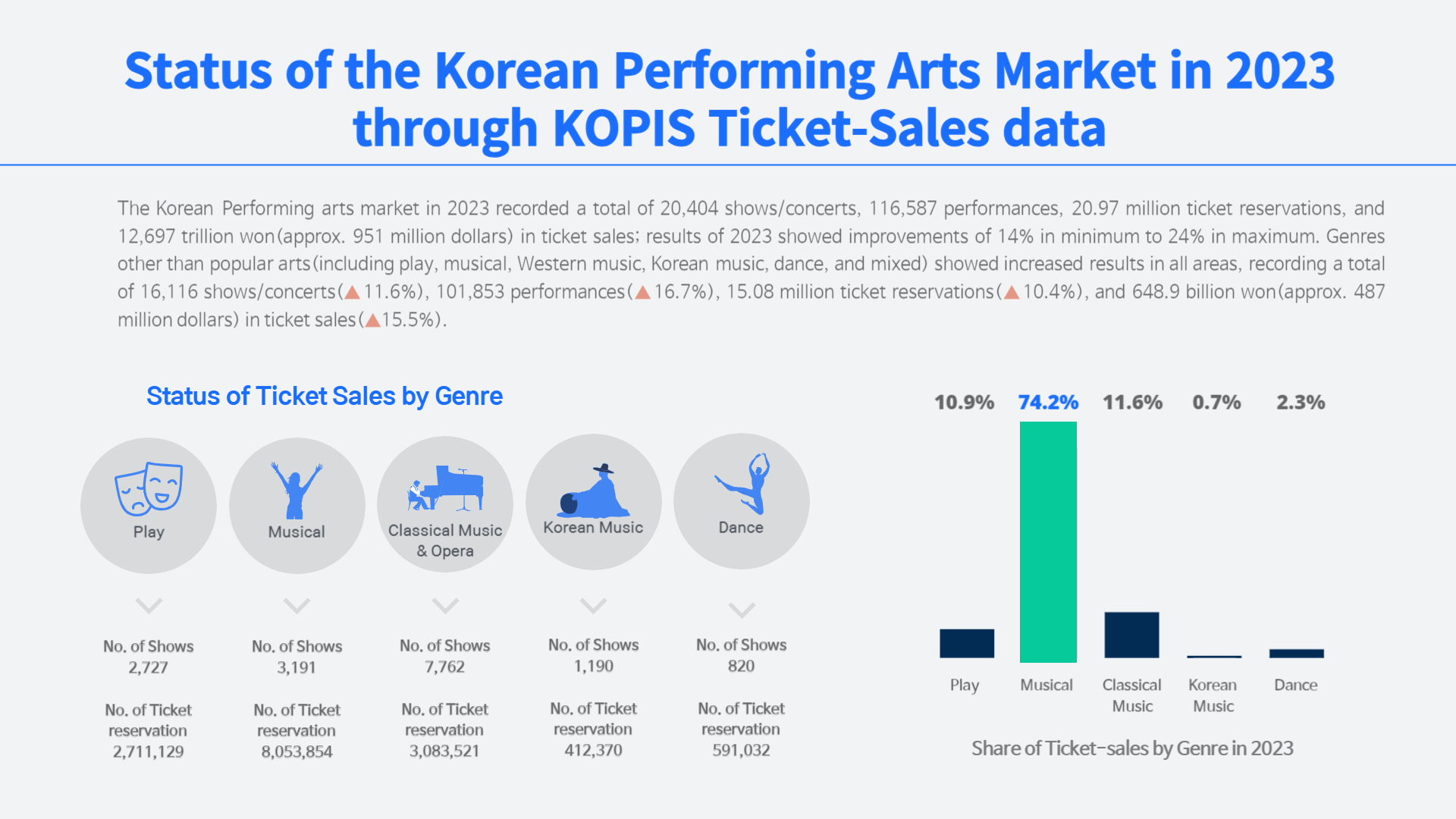
.jpg)
.jpg)
.jpg)
.jpg)











